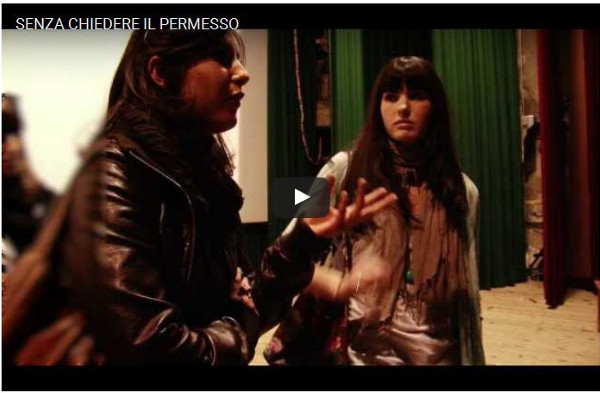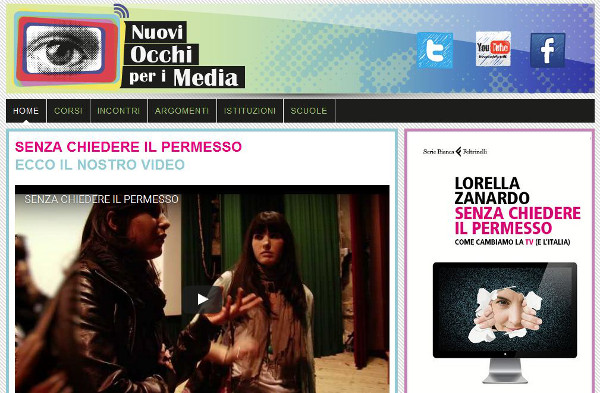Media Education
Roger Silverstone
The contemporary era is characterized by an unprecedented ubiquity of the media. We are immersed in a seamless mediasphere. Media of different types, personal and public, are present everywhere: worn by people, along the streets, inside workplaces, on means of transportation, in public and private spaces – in shops, in stations, in hospitals, in banks…
Raffaele Simone
40% of Italian teens have a television for personal use.
83% of teens, and 75% of under 11s have direct access to the internet.
84% of boys and 87% of girls would like more restrictions on audiovisual content to limit the risk for minors.
62% of parents believe that that there is a link between TV content and ethical uncertainty in young people.
91% of parents wish schools would develop young people’s critical thinking around TV and media.
Libro Bianco Minori- Agcom
One of the greatest shortcomings affecting new generations in Italy is the significant gap between the rapid growth in communications technology, and education around the area. In our country no meaningful link between the two areas has been successfully established, though both are very important for the development of our communities.
As a consequence, citizens are submerged by a deluge of mass media messages, mostly audiovisual, but they lack the basic tools necessary for an informed use. We are not born citizens but we become citizens, we become viewers. Media education is thus fundamental in this society where the role of mass media permeates every aspect of life. It becomes urgent if we keep in mind that more than 98% of the Italian population watch TV, that the school drop-out rate is 17,5% and functional illiteracy is 38%. It is within this context of educational and cultural crisis that the media operates.
When Women’s Bodies first came out, the biggest surprise for us were the requests from teachers for help with tools to decode media, and learn to read images. These led to the development of a video, book and our new courses ‘New Eyes for the Media’.



 VIDEO
VIDEO BOOK
BOOK WEBSITE
WEBSITE Our YouTube Channel
Our YouTube Channel